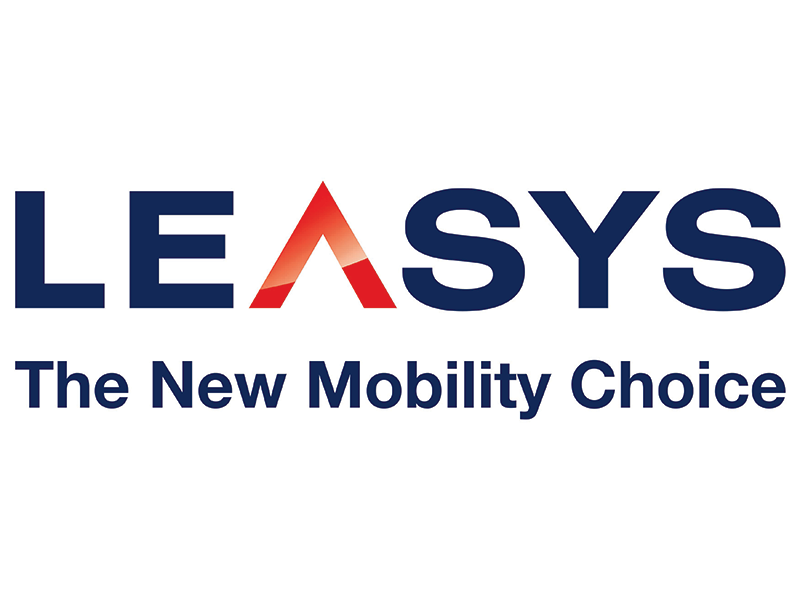Peter O’Driscoll, UK managing director at RingGo, looks at how the lockdown has affected transport across the private and public sector and what the industry experts think will come next.
The changes created by the lockdown in terms of mobility have been extreme. The abrupt standstill has drastically reduced emissions and transport usage. As normality is gradually restored, decision makers are having to implement dynamic adjustments in order the get on the road to recovery where the world of social distancing will be the ruling deciding factor.
Though there are many differing opinions on what exactly things will look like as cities begin to open back up, but many are aligned on the fact that large-scale travel will resume, but mobility is moving towards a shared model.
Tony Ralph, Islington’s Service Director of the Public Realm, is seeing this not just within his borough, but across the diverse range of surrounding councils. “The real scale of the impacts of this crisis are most likely not fully understood.” He is certain, however, that the public and private sectors will be adapting quickly to implement a wide range of safety measures.
Reassessing our modes of transport
Before Covid-19, the mobility sector had already been upended by advances in sharing technologies and new approaches sparked by environmental concerns. Now, mobility as a whole is getting reassessed. Cycling is getting promoted and things that had been languishing in the docket, like electric scooter legislation, are now being pushed to the forefront.
The return to normalcy will also bring large questions about congestion and public transport. A Chinese study found that traffic jams increased by about 20% in 17 cities after lockdown because people didn’t want to be on public transport, which is likely to happen in the UK also.
Switching to contactless for the sake of health
There will be a profound shift towards contactless payments as governments and businesses alike look for every way to reduce the virus’ spread. Ralph pointed out “that local authorities are now considering virtual parking enforcement, with no need to put a ticket on the car.”
Some local authorities have been reluctant to explore this before the crisis. Now, councils across the UK are removing parking machines to reduce the likelihood of illnesses being passed.
Of course, the road to contactless parking has some bumps. Some elderly people are uncomfortable with contactless payments or unable to physically manipulate the technology. Some councils may also need to address the limited distribution of smartphones or the internet itself.
Journeys on a local level
Local authorities are facing huge holes in their budgets, as they have either stopped charging for parking – especially for healthcare workers – or seen demand for parking disappear.
“From a parking perspective,” remarks Ralph about Islington. “We have seen the overall revenue of the service decrease from reduced travel and downsized parking enforcement. We have adopted a measured approach and focussed on enforcement to support the supply chain and enable safe and reliable passage around the borough for key workers.”
It will take many tools to bridge this gap, but one of them is certainly contactless payment.
Lewis Wray, director of WSP in the UK, suggests a creative solution to the gap in retail parking demand. Local authorities can make money by monetising kerb space. Many places are seeing less car travel into central zones. Deliveries, however, still need to happen. That empty kerb space could not only be used for those deliveries, but it can also be monetised in a way that makes things easier for the businesses by using reservations via an online platform.
Keeping an eye on green schemes
This moment may prove to be a tipping point in sustainability. Wray believes that while the tension between the economy and environment still exists, the drive for a cleaner environment will continue after the crisis.
A major push that councils can make to impact the environment is to adopt Emissions Based Parking (EBP) schemes which encourage those who purchase cars to purchase electric vehicles. Since its adoption in Westminster two years ago, EBP has led to a 38% reduction in nitrogen dioxide in the air while there has been a reduction of 16% in the most polluting diesel vehicles in the area.
Transport in 2020 and beyond
There are many solutions under discussion for the diverse challenges and factors in every city, but they rest on two things: data and flexibility. Businesses and governments can’t afford to get stuck in a single way of doing things or a rigid viewpoint, data should drive flexibility.
The numbers of digital payments in the mobility sector will dramatically rise. This will serve us in two ways. Removing the cash parking machines eliminates a vector for infection. Secondly, the data these payments create will map crowds and help track future infections. A touch-free and digital society will be the long-lasting effect of this crisis.
There are no simple answers. As Wray noted, “There’s never been an event that’s had such an impact on people.” It is certainly clear, however, that the mobility sector has an incredible opportunity to be a force for positive change.
Structural transformation of our urban areas and transport links, and a potential resurgence in manufactured greener and cleaner cars, will help promote growth and bounce back for transport. The lockdown has given us a chance to press the pause button and scrutinise the way we do things – electrification, going green, creating jobs and designing new infrastructure are all things that can be explored now and down the line.











































